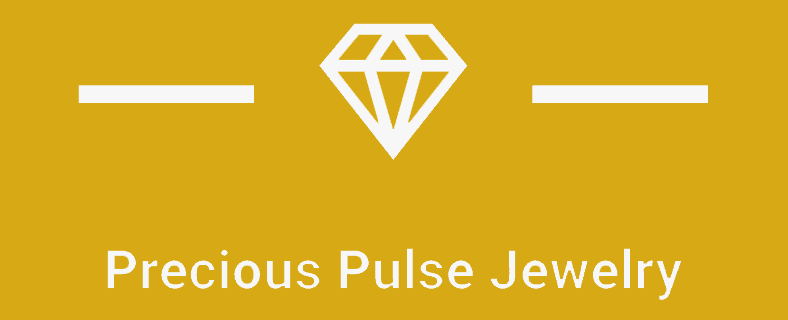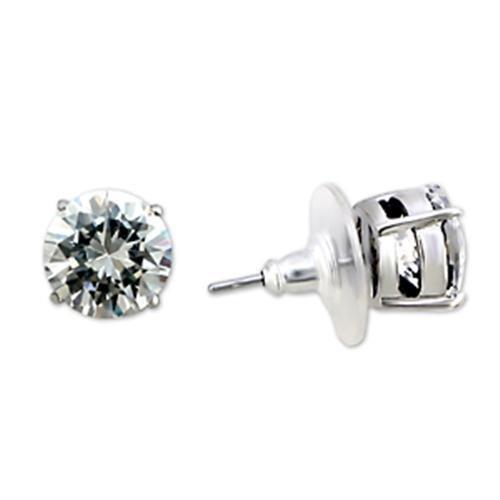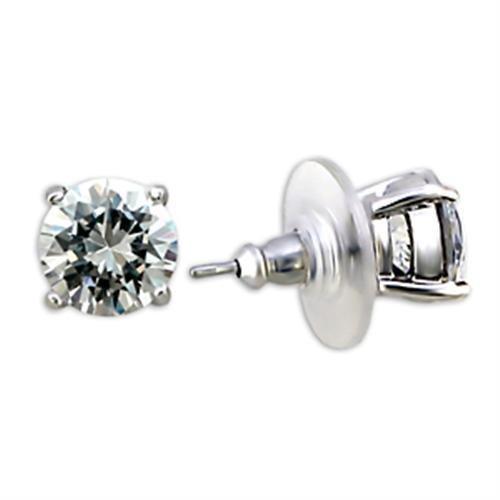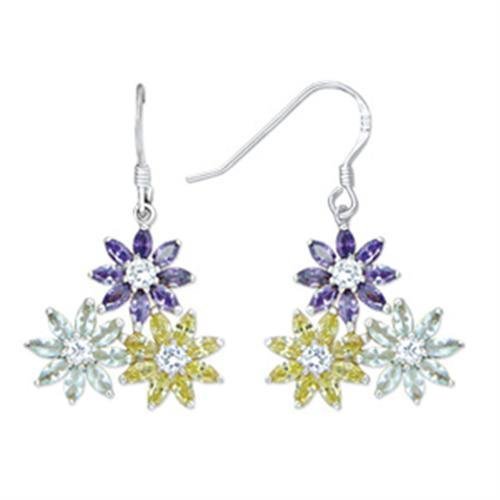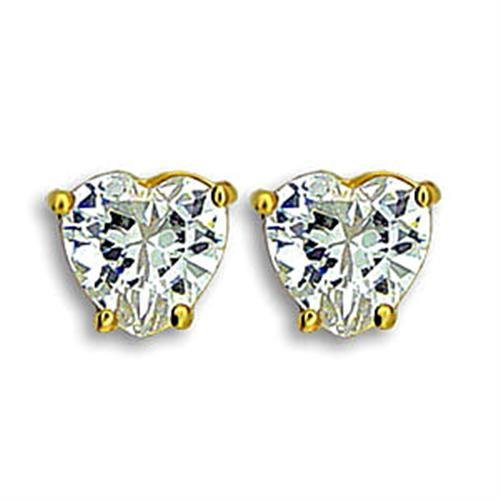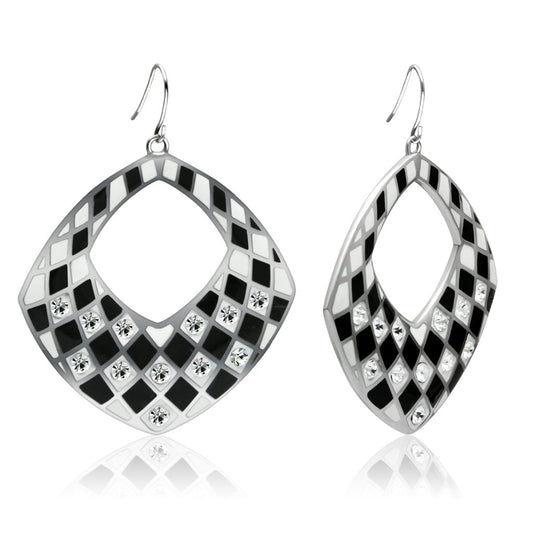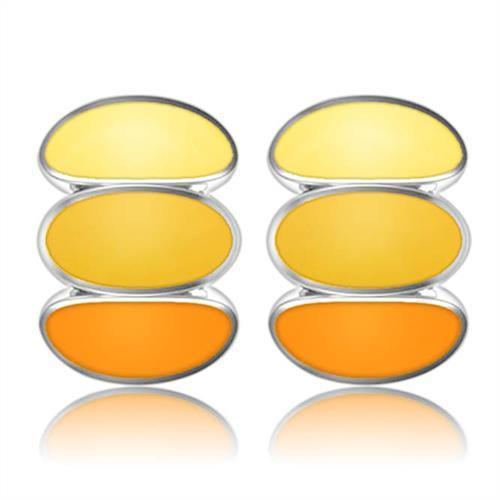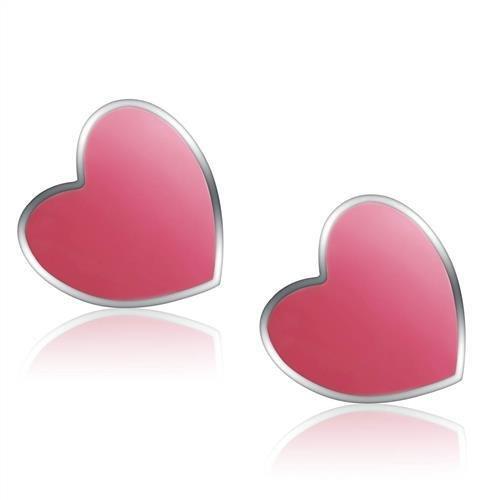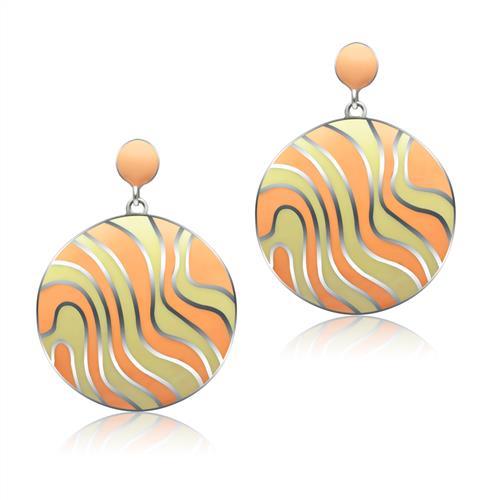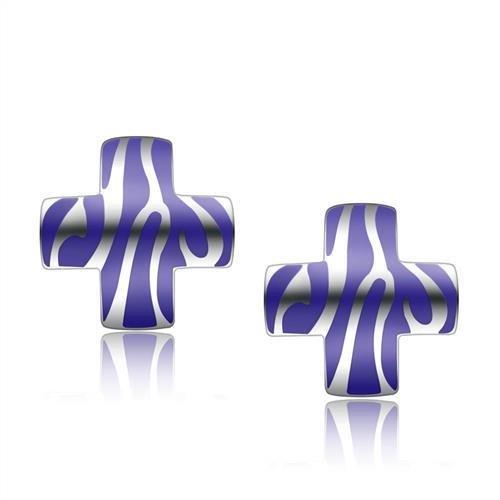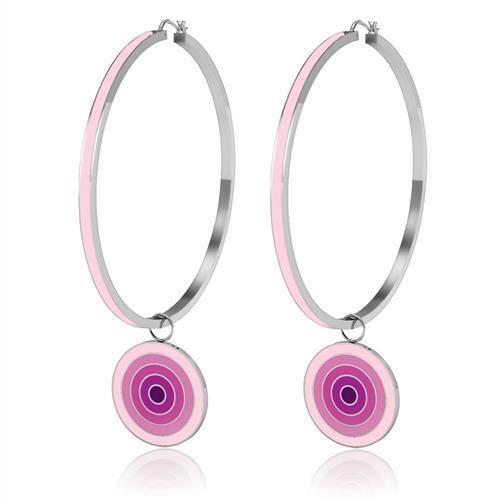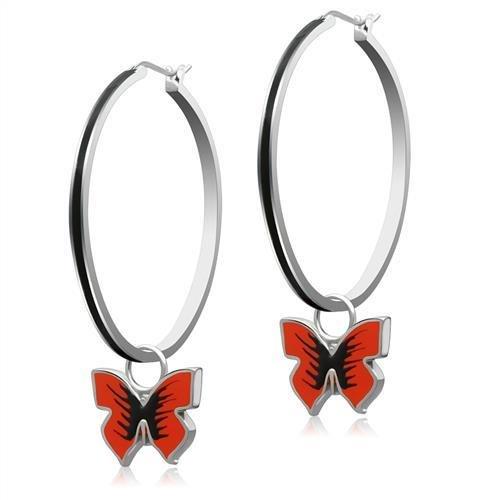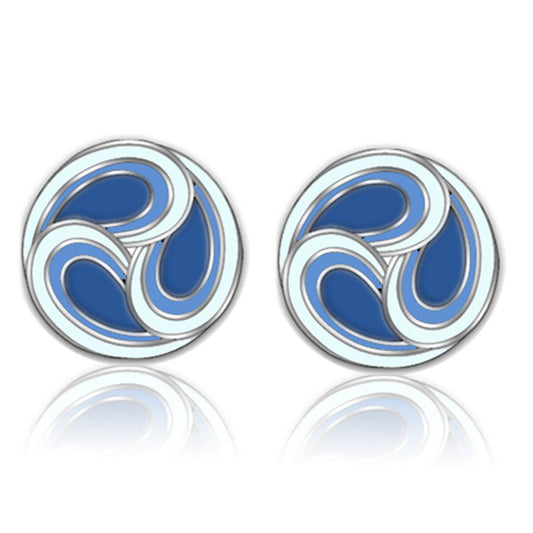When it comes to newly pierced ears, choosing the right type of earrings is crucial for ensuring proper healing and preventing infections. This article explores the best materials and styles of earrings for freshly pierced ears, along with essential aftercare tips to promote a smooth healing process.
Table of Contents
- Summary
- Hypoallergenic Materials for New Piercings
- Aftercare and Cleanliness
- Recognizing Infection Signs
- Ideal Earring Styles for New Piercings
- Earring Backings
- Avoiding Common Pitfalls
- Advanced Aftercare Tips for Piercing Healing
- Jewelry Transition
- Choosing the Right Jewelry for Healed Piercings
- Ensuring Comfort and Security
- Impact of Daily Activities on Piercing Health
- Creating a Healing Environment
- Enhancing Your Jewelry Collection
- Conclusion and Key Takeaway
- FAQ
Summary
Selecting the right earrings after piercing is vital for preventing infections and ensuring comfort. This article covers:
- The best hypoallergenic materials for earrings, including surgical stainless steel, titanium, 14k gold, and niobium.
- The importance of cleanliness and aftercare, emphasizing the use of saline solution and rotating earrings.
- Ideal earring styles such as stud earrings and the benefits of various earring backings like push backs and screw backs.
- Tips for avoiding common pitfalls, including the impact of hair care products, cosmetics, and physical activities on the healing process.
Hypoallergenic Materials for New Piercings
Choosing hypoallergenic materials is essential to prevent allergic reactions and irritation. Here are the top materials recommended for new piercings:
- Surgical Stainless Steel: Known for its durability and biocompatibility, surgical stainless steel is a popular choice for initial piercings. It is less likely to cause an allergic reaction.
- Titanium: Lightweight and strong, titanium is ideal for those with sensitive skin. It is often used in medical implants due to its biocompatibility.
- 14k Gold: Pure gold (14k) is less likely to contain nickel, which can cause allergies. Ensure that the gold is not plated, as the underlying metal may cause reactions.
- Niobium: Similar to titanium, niobium is a safe option for new piercings, known for its hypoallergenic properties.
Aftercare and Cleanliness
Proper aftercare is crucial for the healing process. Follow these steps to ensure your piercing heals without complications:
- Saline Solution: Clean your piercings twice a day with a saline solution to prevent infections and promote healing.
- Rotate Earrings: Gently rotate your earrings daily to prevent them from sticking to your skin and to promote healing.
- Avoid Hair Care Products and Cosmetics: Keep these away from your new piercing to avoid irritation and infection.
Recognizing Infection Signs
It's important to monitor your piercing for any signs of infection. Look out for:
- Swelling: Some swelling is normal, but excessive swelling accompanied by pain can indicate an infection.
- Redness and Heat: If the area around your piercing is hot to the touch and red, it might be infected.
- Discharge: Yellow or green discharge is a sign of infection and should be addressed immediately.
Ideal Earring Styles for New Piercings
Selecting the right style of earrings can make a significant difference in comfort and healing. Here are some recommended styles:
- Stud Earrings: Light and unobtrusive, stud earrings are perfect for new piercings. Opt for smooth surfaces like round, square, or bar studs.
- Small Hoops: Once the initial healing period is over, small hoops can be a comfortable alternative to studs.
Earring Backings
The type of backing on your earrings is also important:
- Push Backs: Easy to use and secure, push backs are a common choice for new piercings.
- Screw Backs: These provide extra security, reducing the risk of losing your earrings.
Avoiding Common Pitfalls
New piercings require extra care to avoid common issues that can impede healing:
- Swimming: Avoid swimming in pools, lakes, and oceans during the initial healing period to prevent infections.
- Knocks and Bumps: Be mindful of your new piercing to avoid accidental knocks and bumps, which can cause irritation and prolong the healing process.
- Activity Level: Consider your activity level when selecting earrings. Those who engage in sports or physical activities should choose more secure and comfortable earrings.
Advanced Aftercare Tips for Piercing Healing
Once you've navigated the initial phase of your piercing's healing process, maintaining optimal aftercare practices remains essential. Below are some advanced tips to ensure your piercing continues to heal without complications.
Saline Solution and Piercing Care
Saline solution remains a staple in piercing aftercare:
- Consistency: Continue to clean your piercing twice daily with a saline solution. Consistency is key to preventing infections.
- Application: Use a clean cotton ball or gauze soaked in saline solution to gently cleanse the piercing site.
Recognizing and Addressing Complications
Even with the best care, complications can arise. Here's how to handle them:
- Infection Signs: Persistent redness, excessive swelling, pain, or unusual discharge are signs of infection. If you notice these, consult a professional piercer or healthcare provider.
- Keloids and Scarring: If you observe abnormal scar tissue forming, known as keloids, or any other unusual changes, seek advice from a piercing professional for appropriate treatment options.
Jewelry Transition
After the initial healing period, you might consider changing your jewelry. Here’s how to do it safely:
- Timing: Only change your earrings after the recommended healing period, which can vary from 6-8 weeks for earlobes to several months for cartilage piercings.
- Technique: Wash your hands thoroughly and sterilize the new earrings before changing them. Gently remove the old earrings and insert the new ones.
Choosing the Right Jewelry for Healed Piercings
Once your piercing is fully healed, you have more flexibility in choosing different styles and materials. Here are some options:
Hypoallergenic Metals
For those with sensitive skin or allergies, hypoallergenic metals remain the best choice:
- Surgical-grade Steel: Still a top choice for those with healed piercings, offering durability and safety.
- Titanium: Lightweight and resistant to corrosion, titanium is ideal for those prone to metal allergies.
- 14-karat Gold: Ensure the gold is pure and not gold-plated to avoid reactions to the underlying metals.
- Silver: Choose sterling silver for healed piercings, but avoid it during the initial healing phase as it can cause irritation.
Varieties of Stud Earrings
Stud earrings come in many styles, providing both comfort and aesthetic appeal:
- Round Studs: Classic and versatile, suitable for any occasion.
- Square Studs: Offer a modern twist on the traditional stud earring.
- Bar Studs: Minimalistic and chic, ideal for a contemporary look.
Small Hoops and More
As your piercing continues to strengthen, you can explore other earring styles:
- Small Hoops: Lightweight hoops are comfortable and stylish, perfect for everyday wear.
- Decorative Studs: Add a touch of personality with decorative studs that reflect your unique style.
Ensuring Comfort and Security
Comfort and security in your earrings are crucial for daily wear:
- Earring Backings: Choose between push backs and screw backs based on your comfort and lifestyle needs.
- Secure Fastenings: Ensure that your earrings have secure fastenings to prevent them from falling out, especially during physical activities.
Impact of Daily Activities on Piercing Health
Your daily routine can impact your piercing's health. Here's what to watch out for:
- Hair Care Products and Cosmetics: Keep these away from your piercings to prevent irritation and potential infection.
- Physical Activities: Be mindful of activities that may cause trauma to your piercings, such as sports or rigorous exercise.
Creating a Healing Environment
Your overall environment plays a significant role in your piercing's health:
- Piercing Studio: Always choose a reputable piercing studio with proper safety protocols and hygiene standards.
- Home Care: Maintain a clean environment at home to reduce the risk of infection. This includes regular cleaning of bedding and avoiding exposure to potential contaminants.
By adhering to these advanced aftercare tips and choosing the right jewelry, you can enjoy the beauty of your piercings while ensuring they remain healthy and irritation-free.
Enhancing Your Jewelry Collection
As your piercing heals and you become more comfortable, you can start exploring a wider range of jewelry options to complement your style. Here are some suggestions:
Statement Pieces
Once your piercings are fully healed, you can enjoy more elaborate and statement pieces:
- Bold Studs: Explore bold designs and larger studs that make a statement.
- Hoops and Dangles: These can add a touch of elegance and flair to your look. Ensure they are lightweight to prevent pulling.
Matching Sets
Consider coordinating your earrings with other pieces of jewelry for a cohesive look:
- Bracelets: Complement your earrings with matching bracelets for a unified style.
- Necklaces: Pair your earrings with elegant necklaces to enhance your overall appearance.
- Rings: Complete your jewelry set with stylish rings that match your earrings.
Seasonal and Occasion-based Jewelry
Switch up your jewelry based on seasons and occasions:
- Summer Styles: Opt for lightweight and minimalistic designs in the summer to avoid sweat and irritation.
- Winter Elegance: Choose more robust and decorative pieces in the winter to complement heavier clothing.
Conclusion and Key Takeaway
Choosing the right type of earrings after piercing and maintaining a diligent aftercare routine is essential for preventing infections and ensuring a smooth healing process. By selecting hypoallergenic materials such as surgical stainless steel, titanium, 14k gold, and niobium, you can minimize the risk of allergic reactions. Proper aftercare, including regular cleaning with saline solution and careful monitoring for signs of infection, is crucial.
As your piercing heals, you can gradually explore a wider range of earring styles, ensuring they remain comfortable and secure. Remember, the health of your piercing is influenced by your daily activities and overall care routine. Stay vigilant and enjoy the beauty and versatility of your new earrings.
For a curated selection of earrings and other jewelry pieces, visit our earrings collection and discover the perfect pieces to enhance your style.
FAQ
Can I wear hoop earrings immediately after getting my ears pierced?
No, it is recommended to start with stud earrings for the initial healing period. Hoops can move around too much and potentially cause irritation or injury to the new piercing.
How long should I wait before changing my earrings?
For earlobe piercings, it is generally advised to wait at least 6-8 weeks before changing your earrings. Cartilage piercings may require a longer healing time, typically 3-6 months.
Are plastic earrings safe to wear after piercing?
Plastic earrings are not ideal for initial piercings as they can harbor bacteria more easily than metal. It's better to stick with hypoallergenic metals like surgical stainless steel, titanium, or 14k gold.
Can I sleep with my earrings in during the healing period?
Yes, you should keep your earrings in at all times during the healing period to prevent the holes from closing. Ensure they are comfortable and have secure backings to avoid irritation while sleeping.
What should I do if my ears are reacting to the earrings?
If you experience redness, swelling, or itching, you might be having an allergic reaction. Switch to hypoallergenic earrings such as those made from titanium or niobium, and consult a healthcare professional if symptoms persist.
How can I prevent my earrings from getting infected?
Maintain a strict cleaning routine with a saline solution, avoid touching your piercings with dirty hands, and be cautious of exposure to hair care products, cosmetics, and other potential irritants.
Are there specific backings that are better for new piercings?
Push backs and screw backs are both good options for new piercings. They provide security and comfort, reducing the risk of the earrings falling out or causing irritation.
Can I use earrings from my existing collection for my new piercings?
Only if they are made from hypoallergenic materials and are clean. For the initial healing period, it's best to use new, sterilized earrings specifically designed for new piercings.
What is the best way to store my earrings when not in use?
Store your earrings in a clean, dry place. Use a jewelry box or an airtight container to keep them free from dust and bacteria, especially if you plan to switch them frequently.
Is it safe to wear earrings while playing sports?
It depends on the sport. For high-contact sports, it's safer to remove earrings to prevent injury. For low-contact activities, secure earrings with screw backs or wear protective gear to minimize the risk of trauma to your piercings.
For more information and a selection of safe, hypoallergenic earrings, visit our earrings collection.
